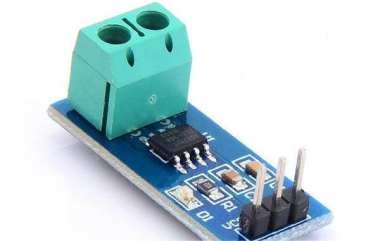Current sensors, as critical electronic components, play a vital role in modern technology and industry. They measure current and convert it into electrical signals used in various control and monitoring systems. This article provides an in-depth look at the concept, working principles, types, characteristics, advantages, and applications of current sensors.

I. What are Current Sensors?
A current sensor is a device used to measure current (AC or DC) and convert it into a signal that can be processed. The generated signal could be an analog voltage or current or a digital output. Current sensors play an essential role in a variety of industrial and consumer electronic products.
II. Types
Hall Effect Current Sensors: These sensors are suitable for measuring both DC and AC currents. They offer high accuracy and good linearity, making them widely used in electric vehicles, power management, and industrial automation.
Shunt Current Sensors: Simple in structure and low in cost, these sensors measure current by inserting a known resistor (shunt) in the circuit and measuring the voltage drop across it. However, their accuracy is significantly affected by temperature, making them suitable for low-power devices and household appliances.
Electromagnetic Current Sensors: These are used for high-current measurements, such as in power systems and high-power equipment.
Fiber Optic Current Sensors: These sensors offer strong resistance to electromagnetic interference and can transmit over long distances. They are ideal for monitoring high-voltage transmission lines.
Get more details: What Are Current Sensors?
